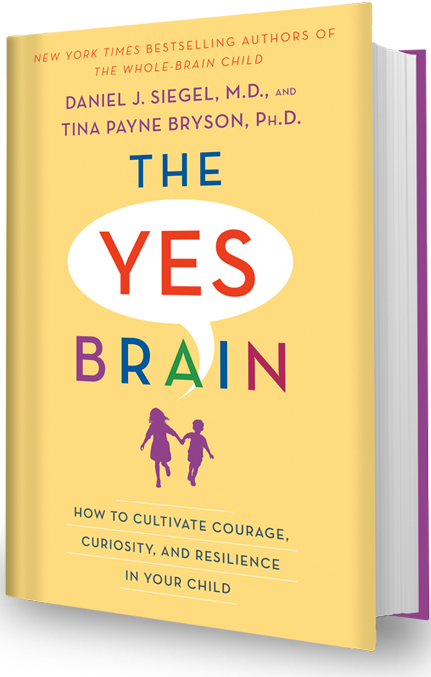Dr. Dan Siegel
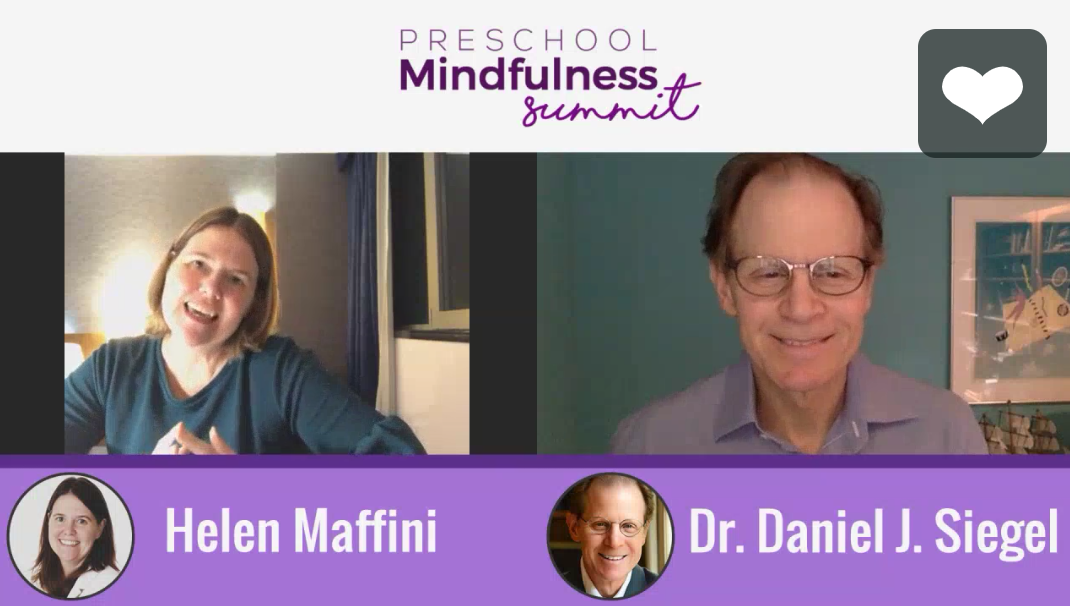
“You can start in preschool. In fact it’s the best place to start by really talking about not those no-brain standards, which is what they are really, but the yes-brain standards.”
“What we need to do is prepare our kids not for some number that may have been okay for our childhood, but prepare them an eternal compass that gives them the courage, creativity and resilience that come from this brave way of building the yes-brain in our children.”
“If you can have preschool kids realize their identity is both a differentiated “me,” that’s the wax of the body, and a differentiated “we” that’s our shared like, we realize who we are as an individual self is not a “me” alone, it’s a “mwe.”
The Yes Brain Child: Help Your Child be More Resilient, Independent and Creative
Prof. Katherine Weare
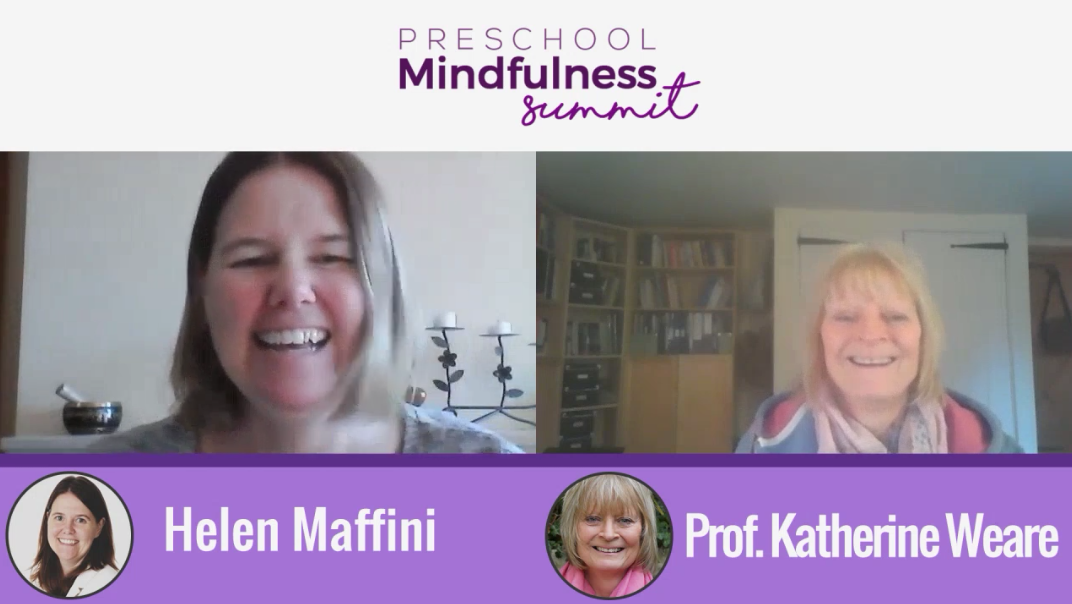
“The great thing about mindfulness meditation is that it’s not about altered state.”
“The starting point really is to return to yourself. To just get back if you can and notice what’s happening in your own mind and your body.”
“In the phase of chaos, you swim with the chaos. Life is chaos, learn to surf it.”
Happy Teachers Change the World: A Guide for Cultivating Mindfulness in Education
Dr. Ron Siegel

“The greatest return for our efforts is in our own practice as adults dealing with kids.”
“We start to get it that all emotional experience is this fluid unfolding kaleidoscope.”
“People who do well with preschool kids are people who are comfortable with repetition.”
The Mindfulness Solution: Everyday Practices for Everyday Problems
Joree Rose
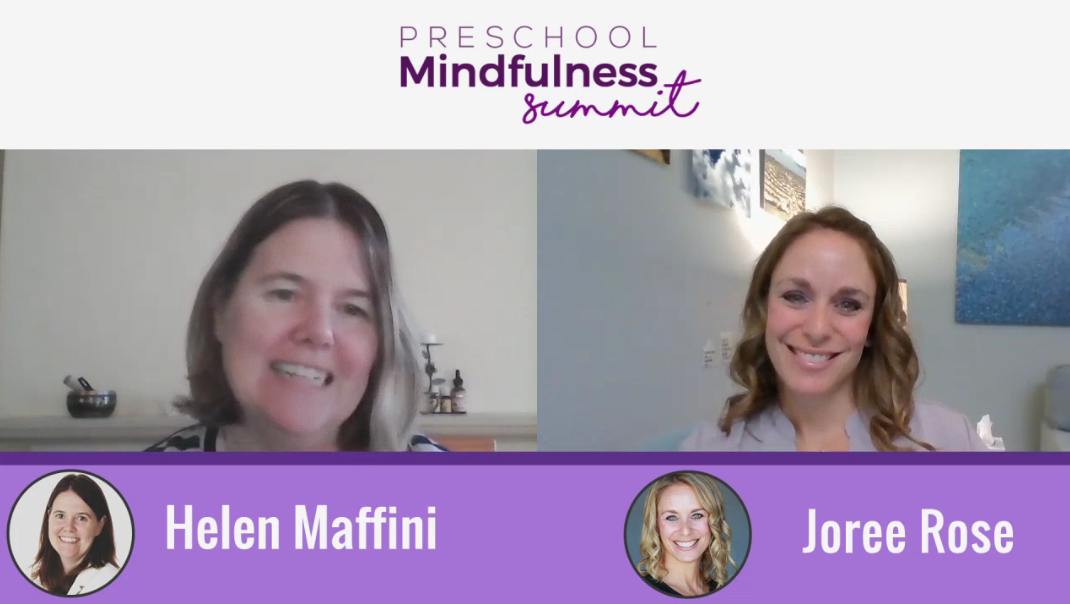
“Kids are going to often take cues from their parents and I think it’s very confusing the conflicting message that they receive “calm down” but they’re not taught how because the parent’s aren’t doing this.”
“I had a mentor who once taught me “There is no such thing as a problem child, only a child with a problem.”
“Mindfulness isn’t something to add to your to-do list but should be on part of your to-be list. Who do you want to be?”
Lorraine E Murray
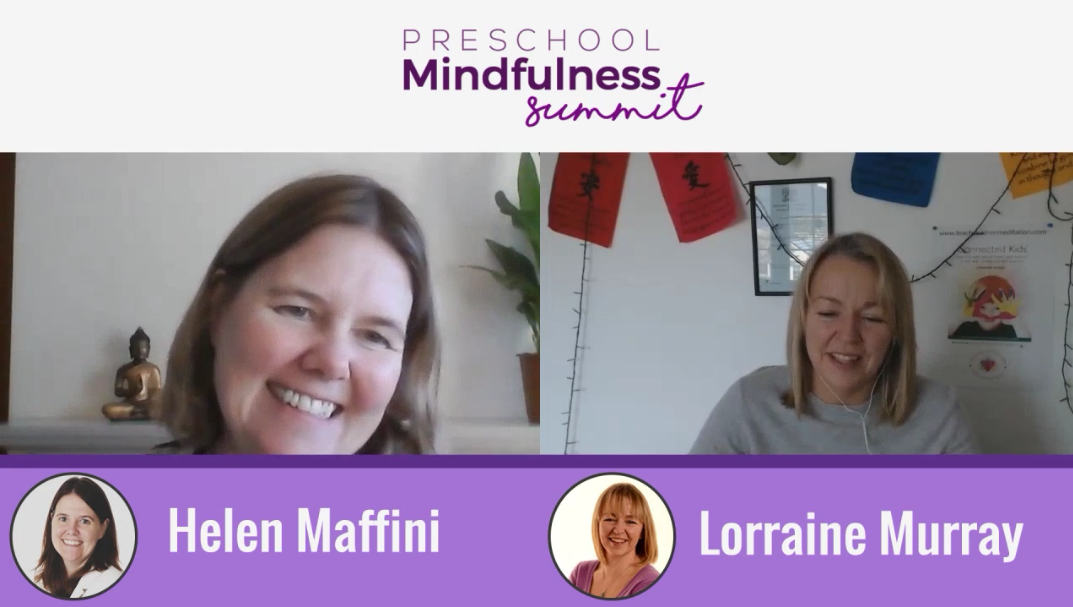
“If you’re going to teach something, learn it together, learn from each other as well… You become more connected to the needs of your children when you learn to meditate.”
“What you’re working on with toddlers is their ability to focus, how long can they focus for, and what interests them. We’ve got to be realistic about the length of time that children can focus on something.”
“What happens when you learn meditation is that you recover more quickly, your resilience becomes stronger.”
Connected Kids: Help Kids with Special Needs (and Autism) SHINE with mindful, heartfelt activities
Dr. Rick Hanson

“Infants, toddlers and preschoolers and older children are very affected by their experiences.”
“The kids who often do really well and make major contributions in their career are the kids who relaxed a little more when they were children, and became creative and playful and they maintained their love of learning.”
“Step one: You must experience what you want to grow. If you want to grow gratitude, you have to experience gratitude.”
Resilient: How to Grow an Unshakable Core of Calm, Strength, and Happiness
Jennifer Miller
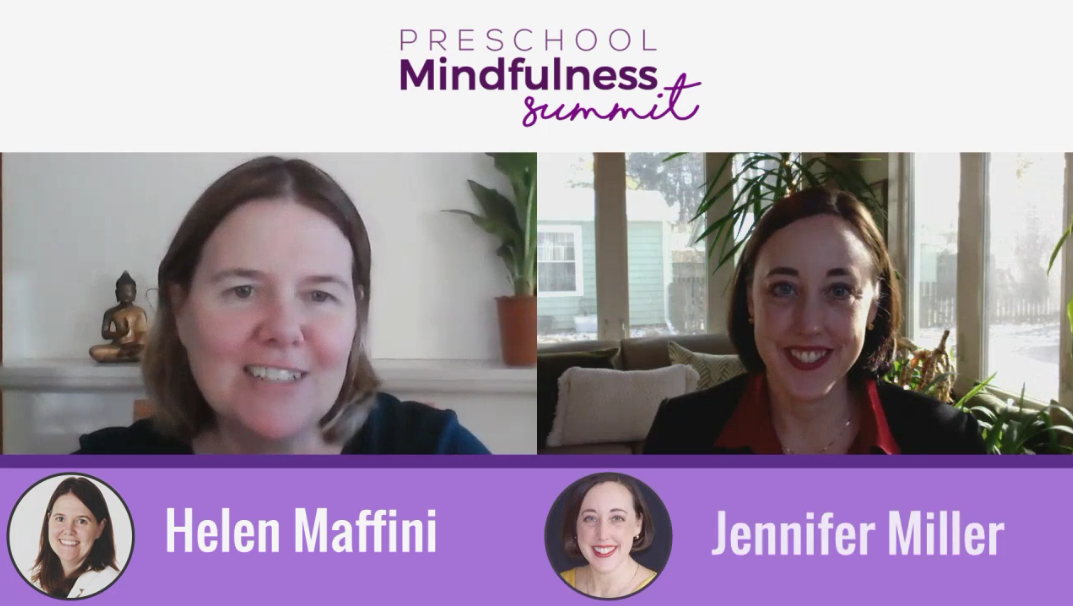
“Parents can play such a key role in helping children develop an emotional vocabulary.”
“I think for educators and for parents alike, normalizing feeling words and discussion about feelings, making it a part of the culture of a classroom or a culture of a family, is a giant step forward.”
“When you want to change behavior, it begins with the adults. Children will adapt accordingly.”
Whitney Stewart

“…this (mindfulness), anybody can do it, from a small child to an ancient grown up, an ancient grandparent, great grandparent. It’s a matter of finding your inner wisdom.”
“I think it’s very important for parents to model mindful behavior and by that they would also be practicing themselves.”
“Try to incorporate mindfulness in your family’s daily practice.”
Author of: Mindful Kids: 50 Activities for Calm, Focus and Peace
Amy Saltzman M.D.
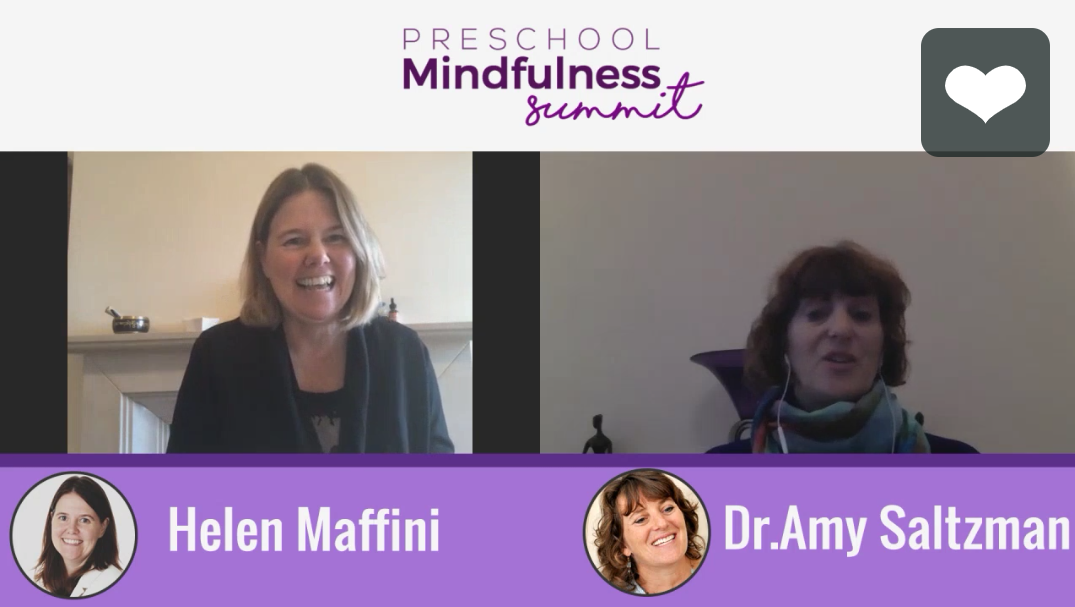
“Mindfulness helps us have our feelings without our feelings having us.”
“Genuinely, the best time to do it is to build it into your bedtime routine. So brush teeth, read the story, do mindfulness, give kisses and hugs, and say good night.”
“Wait til the wave passes then you can have a conversation.”
Mary Pat O’Malley
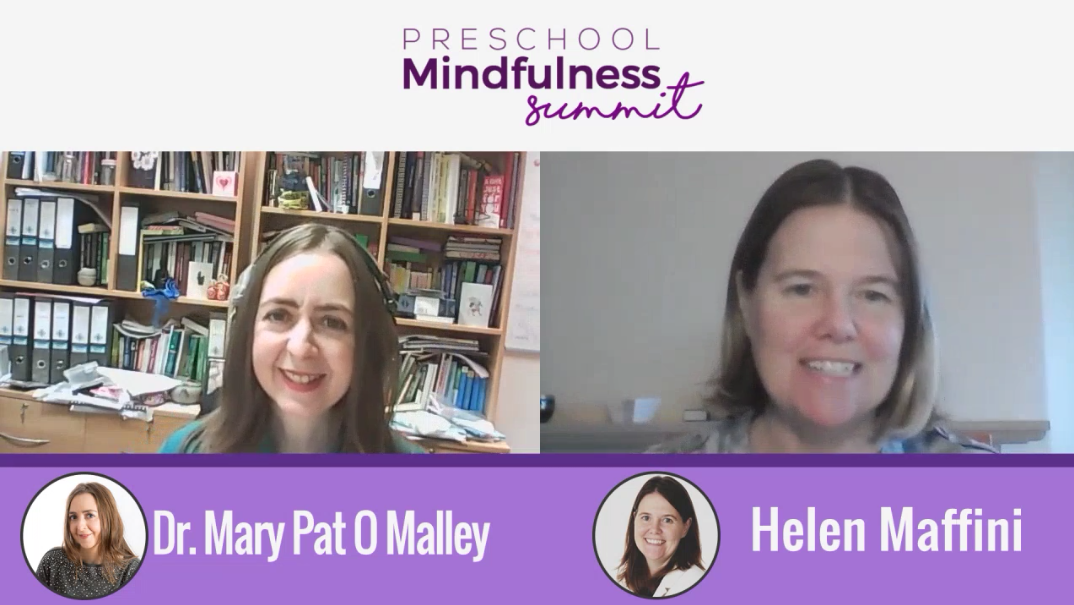
“Emotion is such a fundamental part of communication.”
“Our job is to be there to support them through the emotion.”
“There is evidence to show that children who have high emotional intelligence actually earn more money.”
How To Develop Your Child’s Home Language(S) E-Book
Dr. Christopher Willard
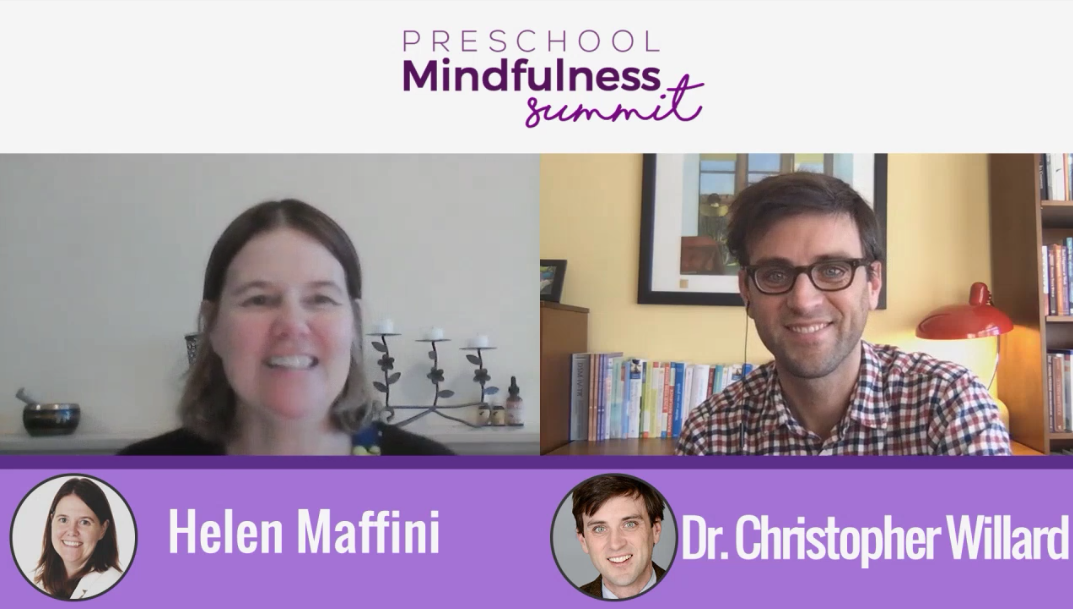
“That is one of the most important things that we can offer a kid, is our own mindfulness practice.”
“That’s how we want to start teaching kids the stuff, to keep it fun, keep it a game, keep it interesting, and it works.”
“But it’s also beautiful, as our culture gets busier and busier that we’re really choosing to take time to slow down and start to teach kids that’s at a young age.”
Nancy Colier
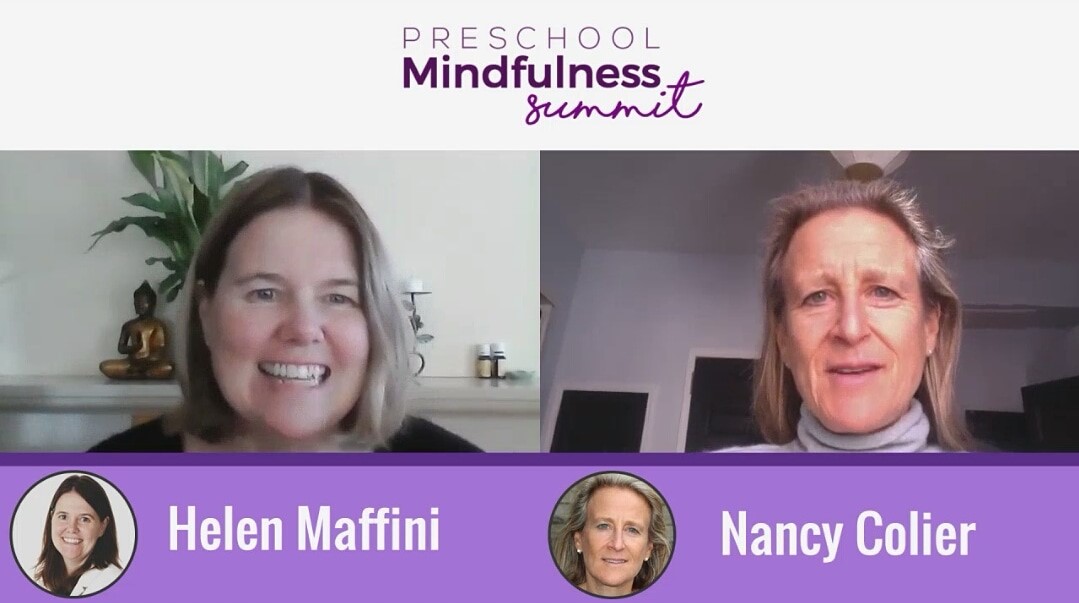
“50% of adults now when they wake up in the middle of the night, check their emails or something. The average person is checking their smartphone every 5 minutes.”
“Drop back down into some of those simple basic human experiences, turn off your notifications.”
The Power of Off: The Mindful Way to Stay Sane in a Virtual World
Andrew Jordan Nance
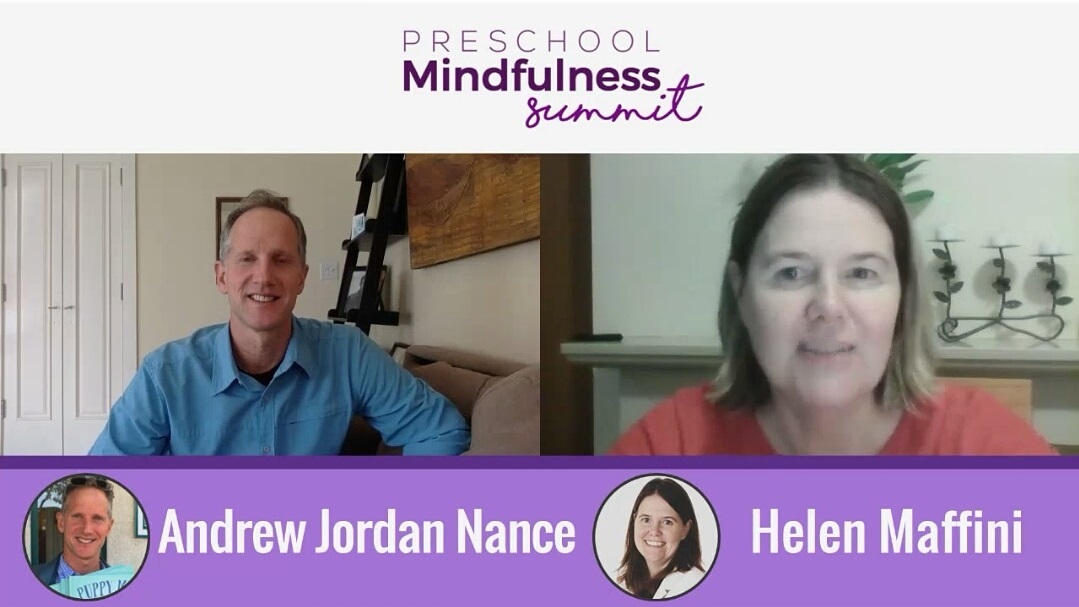
” You want to be on the flow state.”
” I always like asking the kids, what do they think about? Where does their mind go without their permission?”
” If we can just get into the practice of it (meditating), we can really benefit from it. ”
Helen Maffini
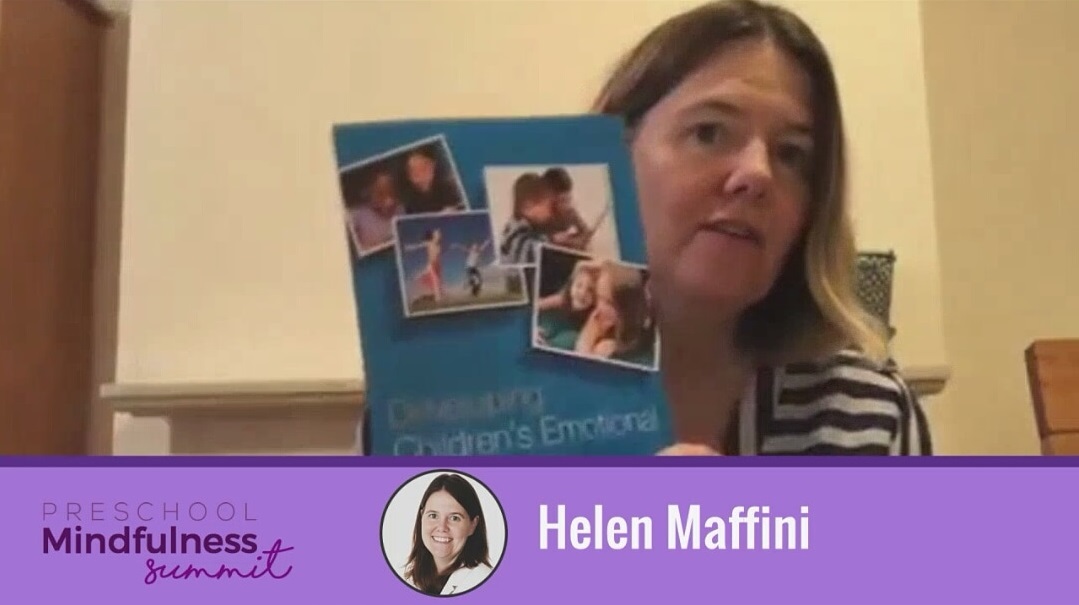
“When we think about introducing mindfulness to preschoolers, we have to be aware of our expectations, we can´t just push down practices developed for older children.”
“Preschoolers love movement and incorporating breathwork and movement is a wonderful way to introduce mindfulness to young ones”
“Teaching and modeling to preschoolers what is means to be kind, to be compassionate to yourself and others, that will change the world and is something I believe is so important at this young age.”
Sammy’s Next Move: Sammy the snail is a travelling snail who lives in different countries
Renee Cachuela Metty
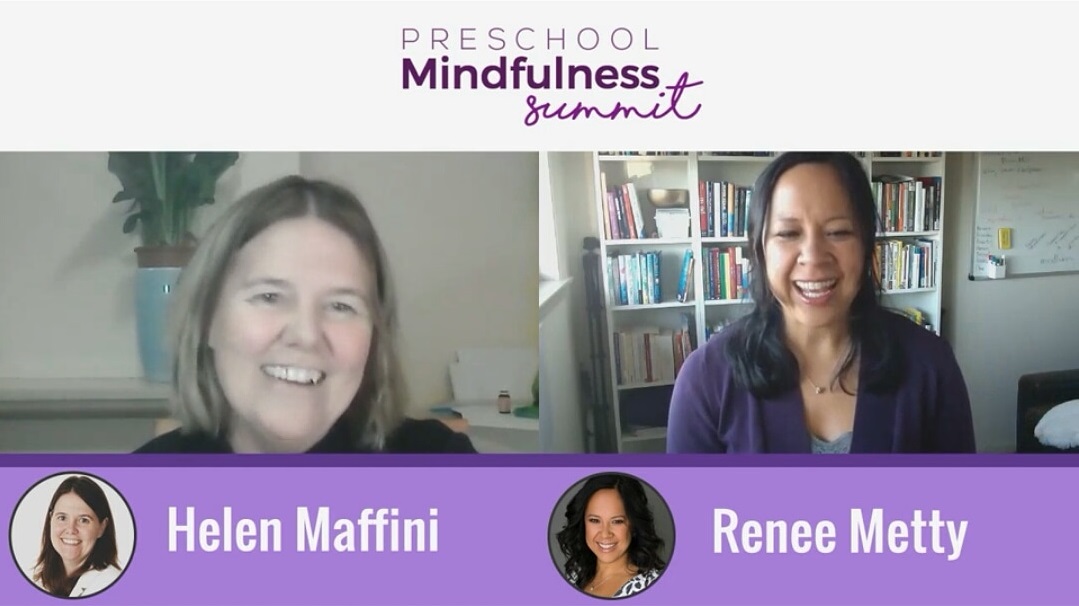
“For me, the application of mindfulness, I want it to be accessible and practical.”
“You’re not going to have a mindful child, you’re not going to be a mindful parent, you’re not going to be a mindful teacher, you’re going to have moments of mindfulness.”
“Parenting advice is kind of dazzling, it’s really about awareness”
Grace Helms Kotre
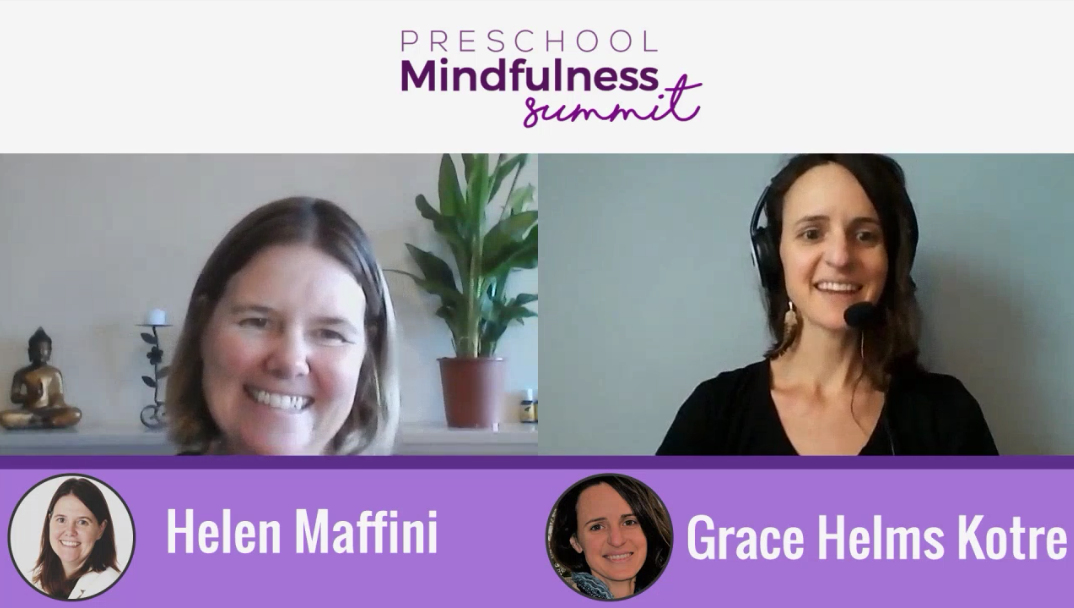
“On her superpowers course – A parent, grandparent or guardian comes with the child and they do the 45 minute class together and then the idea is to go home and continue practicing the new skills that they learn.”
“I do a lot of stories and crafts and there are many now. We’re very fortunate there are many good children’s books that are available about mindfulness.”
“On how to teach mindfulness skills to toddlers – The biggest tip I have for that is just to make everything a game, playful and interactive and use props.”
Rana DiOrio
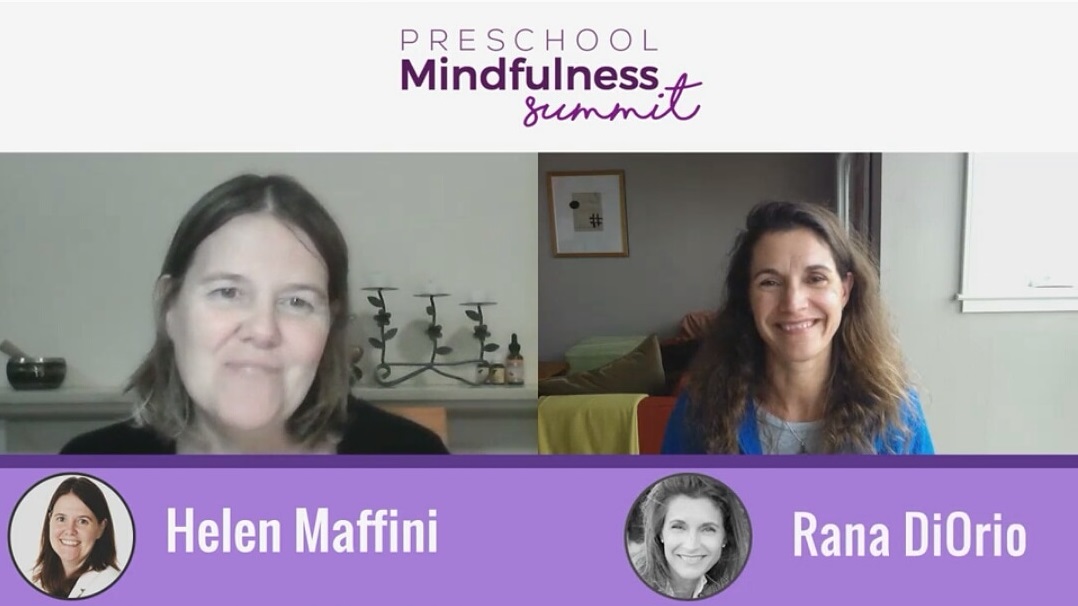
“Guess what?, children learn more from making mistakes.”
“Happiness causes success and not the other way around.”
“The rose and thorn, it is all about empathy and treating others the way you want to be treated.”
Tammie Prince
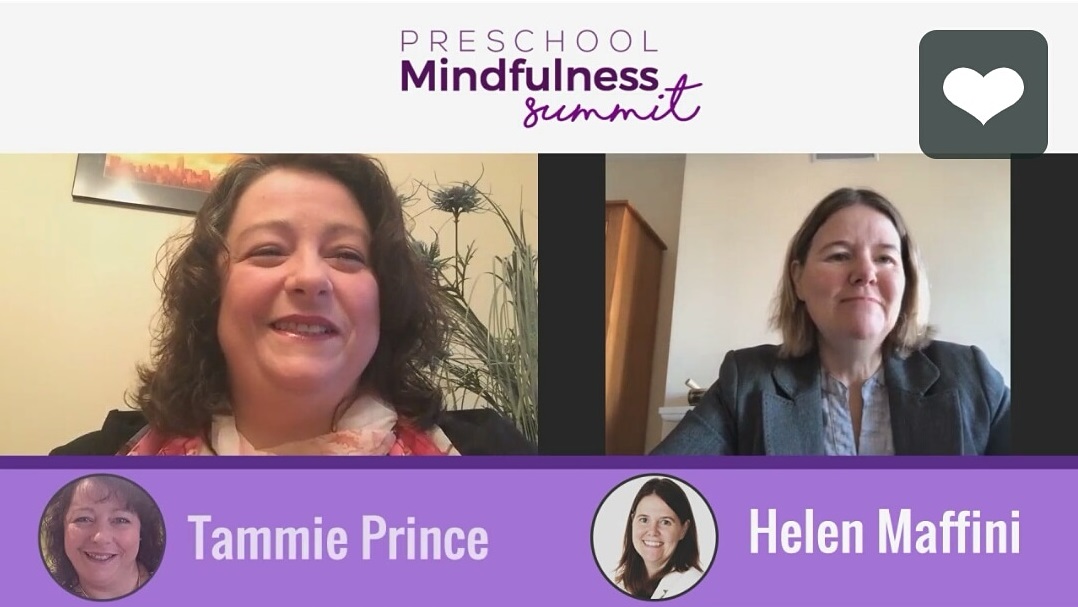
“One thing with regards to developing mindfulness in children, if you develop your own practice is you actually have gone through the process.”
“What you’re really doing is getting them to take some really deep breathes and really blowing all that air out lowering the cortisol. The brain’s relaxing them.”
“On how to introduce mindfulness to preschoolers – I think I would suggest that you just learn one good deep breathing technique, good deep breathing strategy and that you use that at the beginning of every transition period. ”
100 Ideas for Primary Teachers: Mindfulness in the Classroom (100 Ideas for Teachers)
Dr. Lynn Rossy
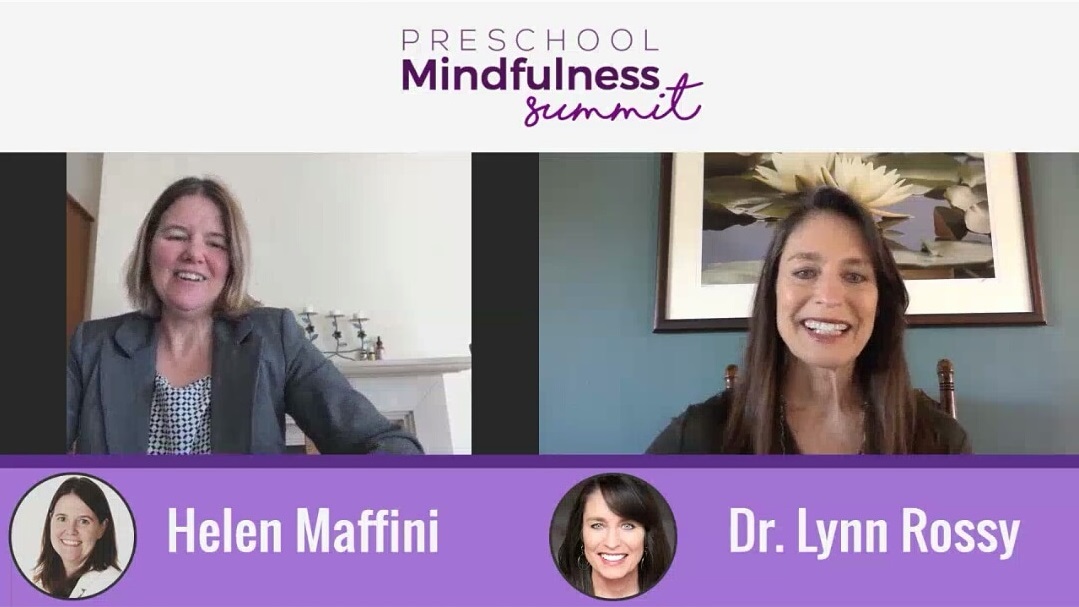
“What are the adults doing around the children? We have to kind of be aware that they’re watching us. They’re going to start modeling us.”
“It’s important to be able to have a process whereby you learn how much food the body needs and then you will be way less wasteful long term.”
“If you love your body, you treat it well.”
Claudia Vega
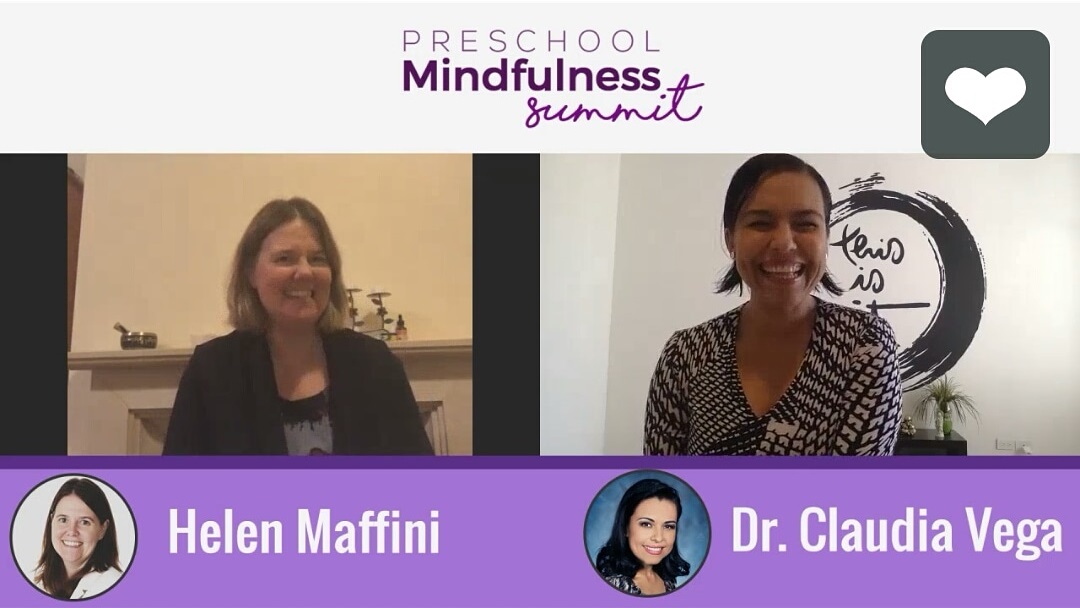
“For some of us regular eating would be mindful eating. Children are an example of that, they savor the food, they tell you what they like and what they dislike and they even know when to start eating and when to stop.”
“I teach children to understand how thoughts, emotions and behaviors are related, and how it is in the end for us, how we are going to respond.”
“On teaching mindfulness to preschoolers – The sooner we act the better it will be for the child.”
Tammy Pomroy
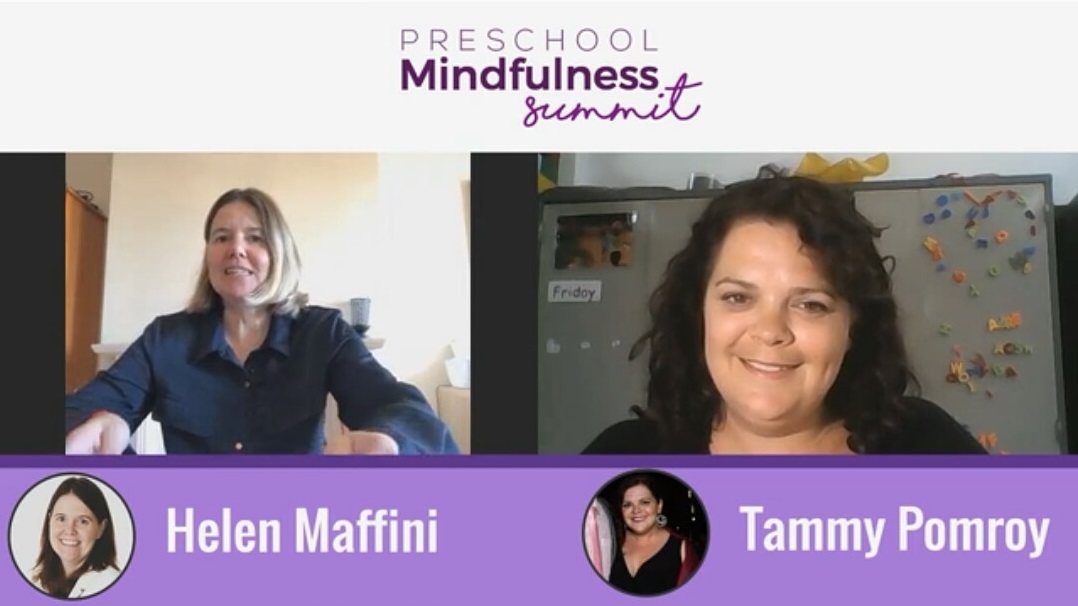
“On what ABCs and Rice embraces Basically, anything that it takes to allow a child to have access to school and access to a happy and healthy childhood.”
“On an example of how mindfulness is integrated in ABCs and Rice If it’s a classroom full of ducklings, that is 3 to 4 year olds, making mindfulness jars with the sparkles inside and just learning that life can be chaotic but settling allows us to see more clearly.”
“On who will change the world for the better – I think it’s the children that are in primary school now and high school now that get it. They’re aware, they’ve got access to global information, they have good role models, they’re intelligent and hardworking and they’re going to go out and make a change, if they know it’s an option.”
Brenda Salgado
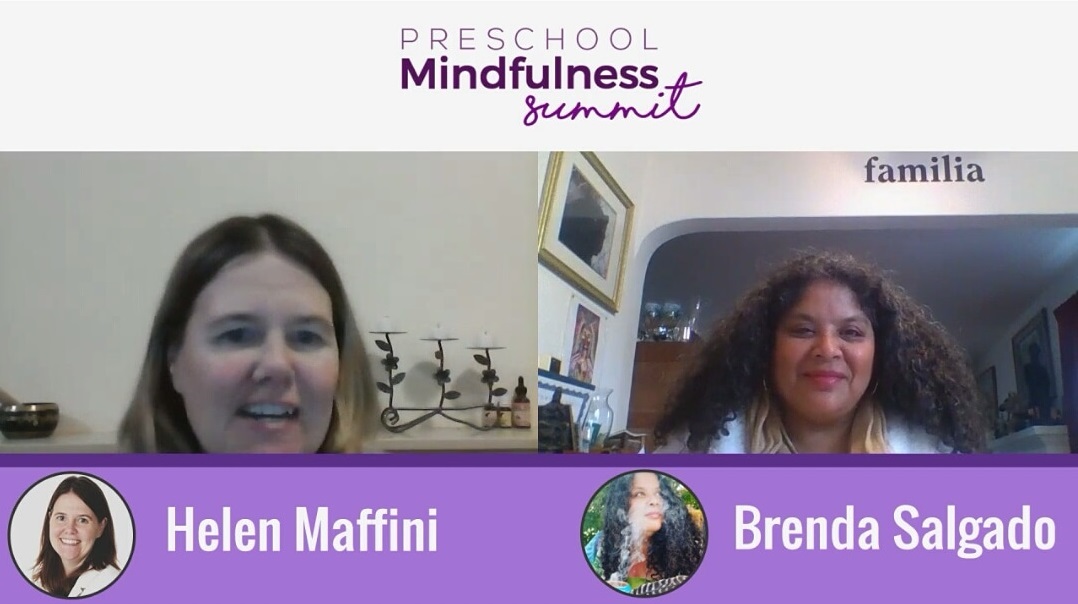
“Mindfulness can take many forms and it’s not necessarily sitting meditation.”
“There’s both a lot of joy in teaching children mindfulness and there’s also things they have to teach us that we’ve forgotten.”
“What I had been taught by my traditional medicine teachers is that gratitude practice and forgiveness practice are two of the root core foundation things that we need to learn to move in healthy ways in the world.”
Real World Mindfulness for Beginners: Navigate Daily Life One Practice at a Time
Gary Green
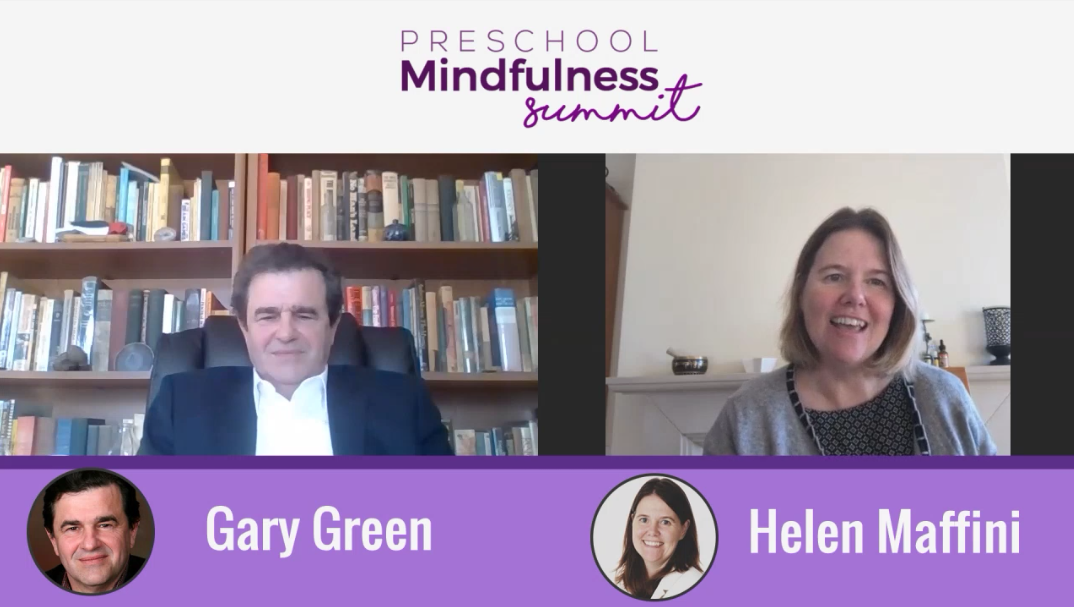
“Acceptance is awareness without judgment.”
“If you go through to each day with the intent of being fully in the present moment, things start to happen. You become more effective at whatever it is you’re trying to do because you’re directing your attention there.”
“The mindfulness practice can help anyone to move along that mental continuum to making better decisions and feeling better about the decisions that you make.”
Steph Van De Ven
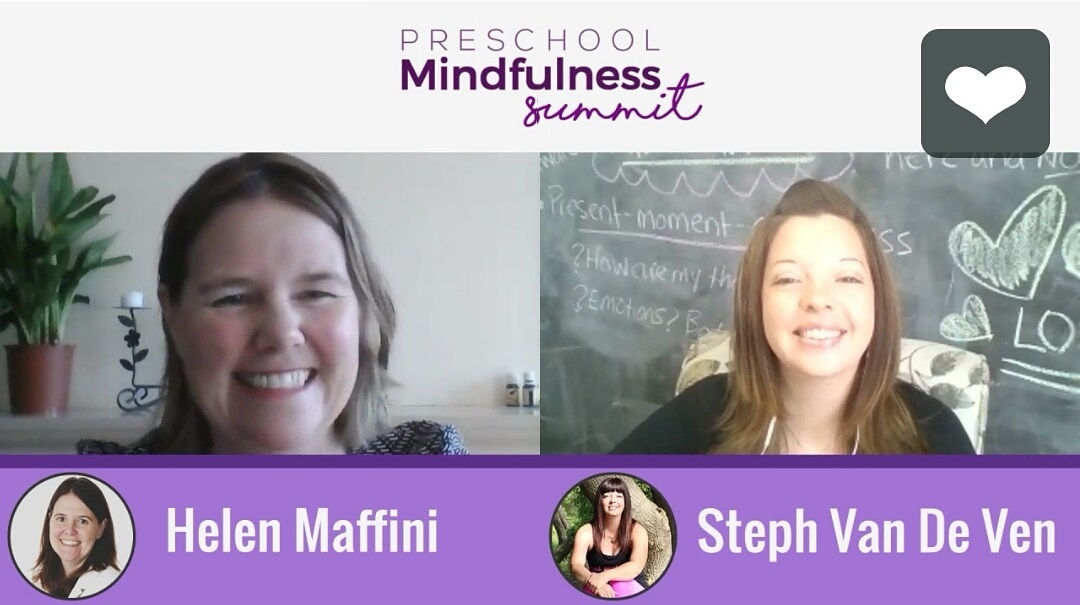
“When I’m teaching kids, I’m teaching them practices. I’m teaching them proper breathing, not just breathing to survive, but a breathing to thrive, to lessen anxiety, to lessen stress.”
“Mindfulness doesn’t have to cost anything.”
“It’s wonderful to read books, absolutely. It’s fantastic to increase your knowledge and awareness but everything that you ever need to know is inside your heart and your mind.”
The Birdy Book Series: Life Lessons and Positive Affirmations for Kids and Their Adults!
Karen Jeane Rasmussen
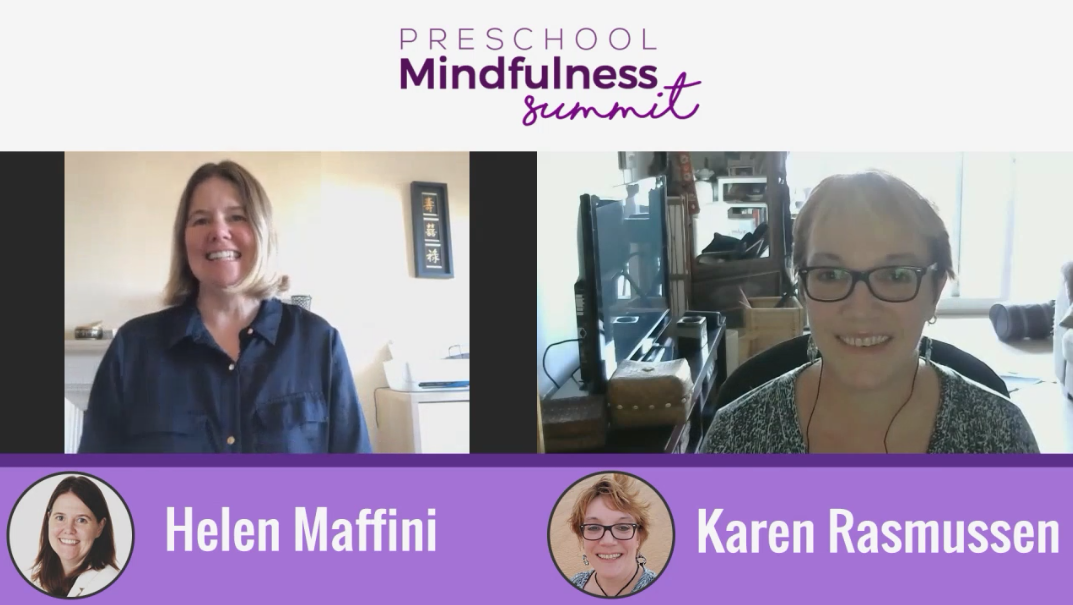
“Children need to feel safe at home, in that way you strengthen the emotional bond and the verbal bond between the adult and the child.”
“On how adults can help children to feel safer – We need to encourage children to speak out”
“On children´s Rights – Don’t push them (to do things they don´t want to) because it’s okay for kids to be able to say no.”
Elmarie Potgieter
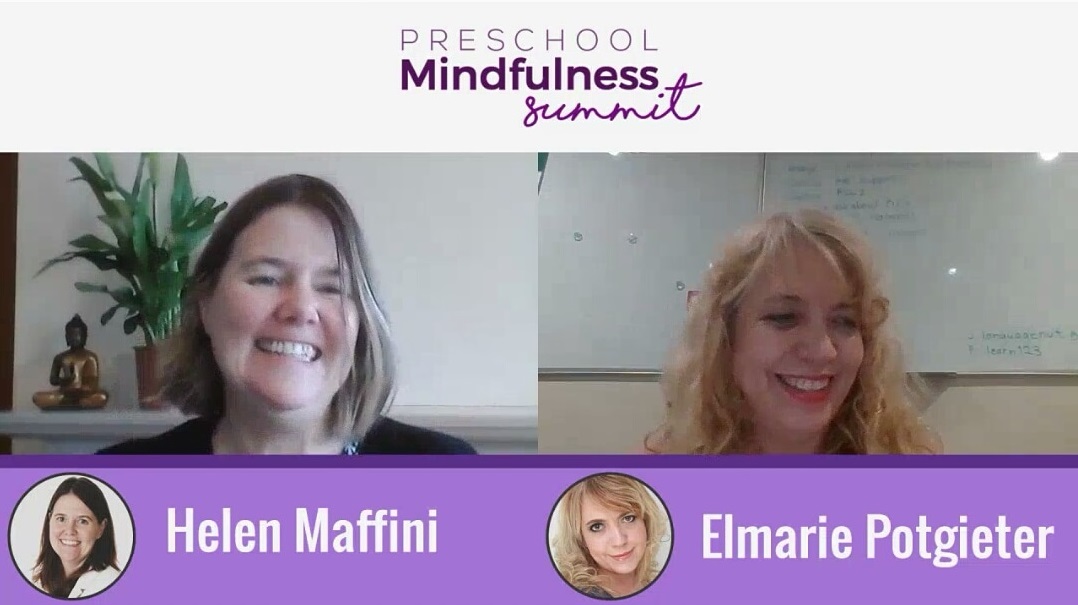
“There’s a very good quote by Britar Risa a neuroscientist and he said “Genes predict our brain development but it is experience that sculpts it.”
“Instead of saying no that’s not right, try to find out, “Why did they choose that particular color?” for example.. That’s the supportive environment where mistakes are learning opportunity. A child feels first and foremost, safe.”
Debra Burdick, LCSW, BCN
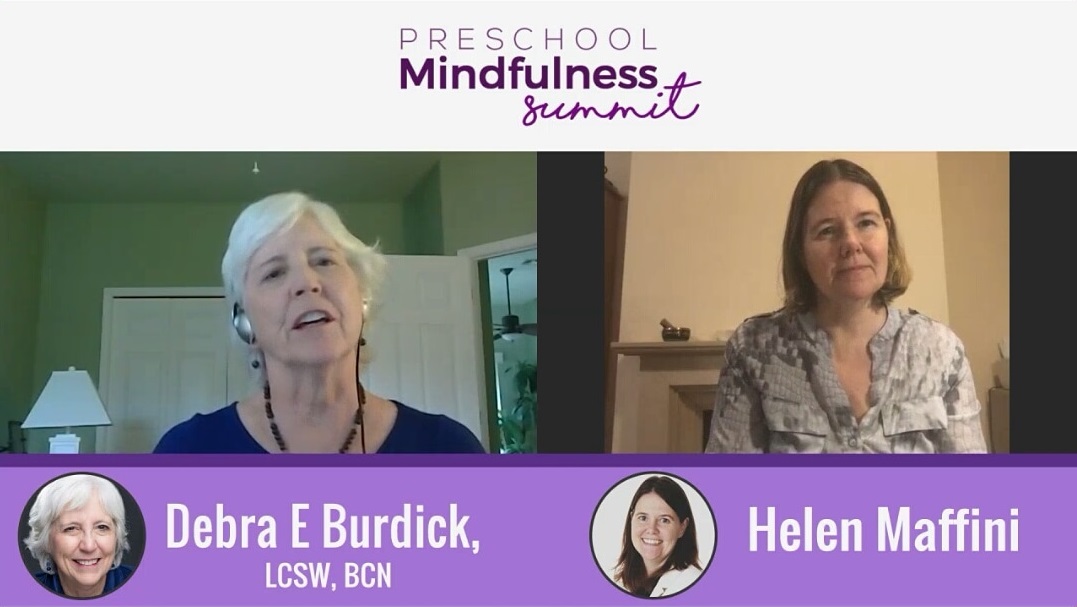
“It can really be a no brainer to teach the kids these skills and to be mindful as parents, as educators, as therapists, because it’s a skill that they can use forever and it doesn’t cost anything. They can use it at all times.”
“I talk about feelings all the time. It’s important to be able to name the feeling, help the child name what they’re feeling.”
“On Preschoolers and Mindfulness Play with it, make it fun and you’re starting to teach the kids some of these skills that you can then transform.”
Helen Maffini

“Developing a child´s emotional literacy is one of the greatest gifts we can give a child-Preschoolers thrive with play, we want to encourage and embrace their curiosity, playfulness and build to support to help them learn to regulate emotions, delay gratification and be mindful but in a playful way.”
“When a preschooler has a toolbox of strategies to develop their emotional literacy, regulation and mindfulness, along with their own natural mindful tendencies, they will be able to do great things in this world and the world will be a better place.”
Developing Children’s Emotional Intelligence (Bloomsbury Education)

